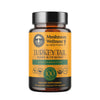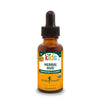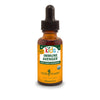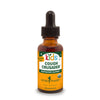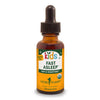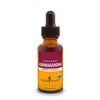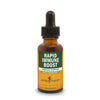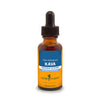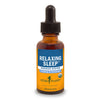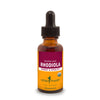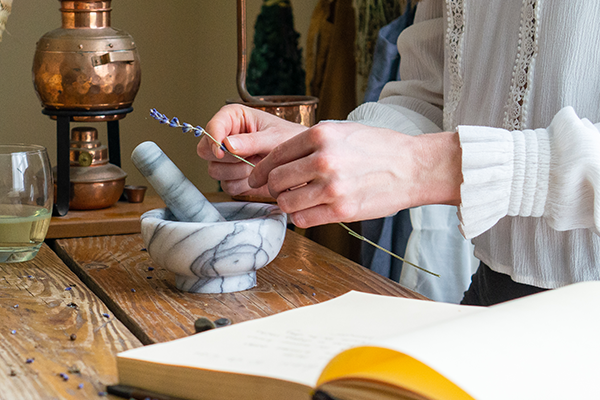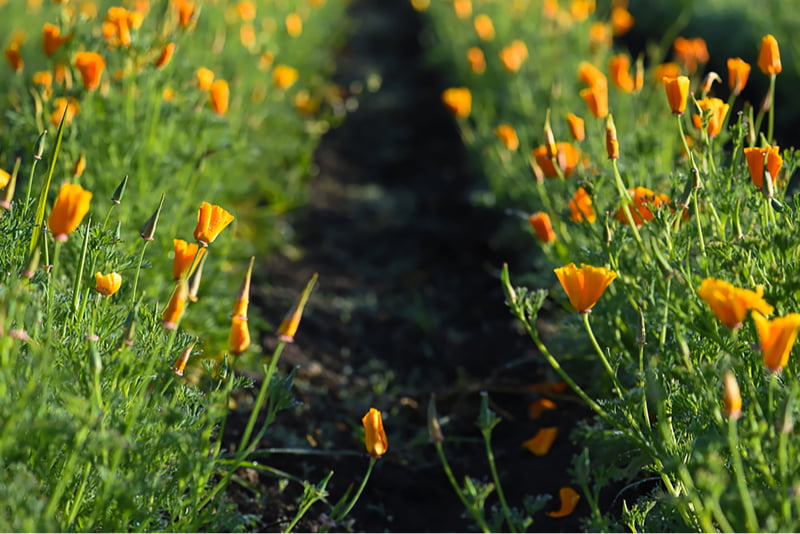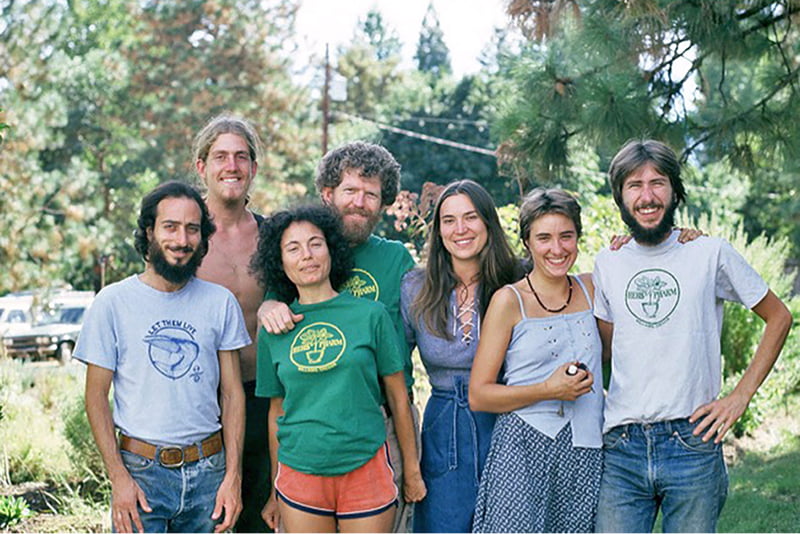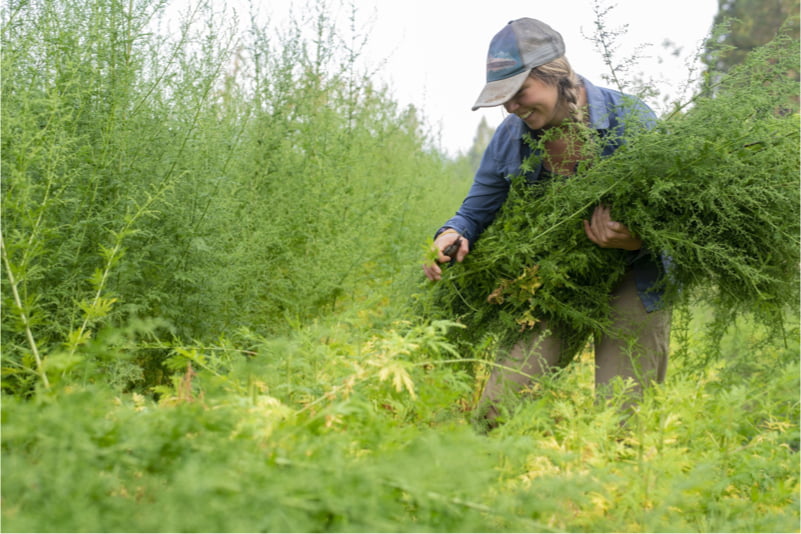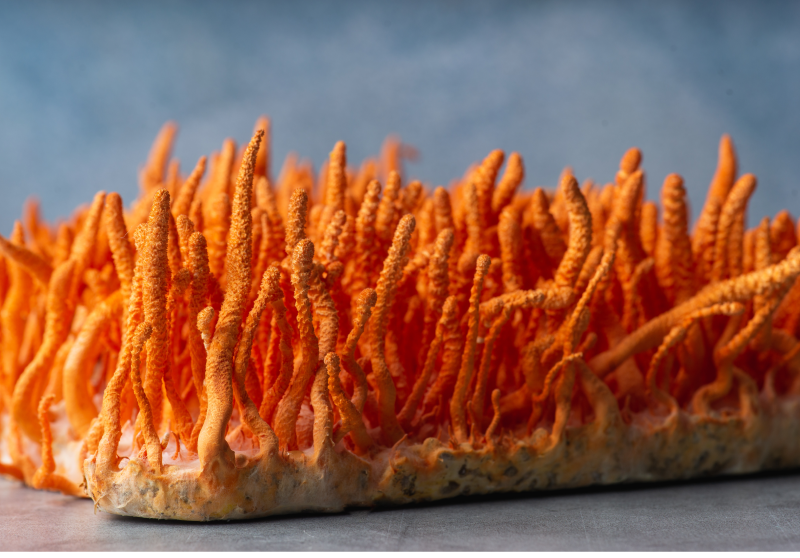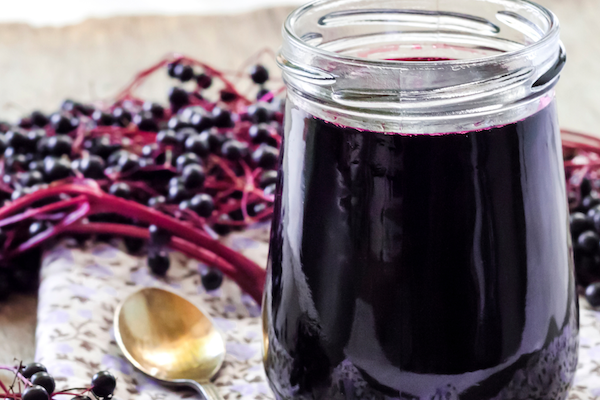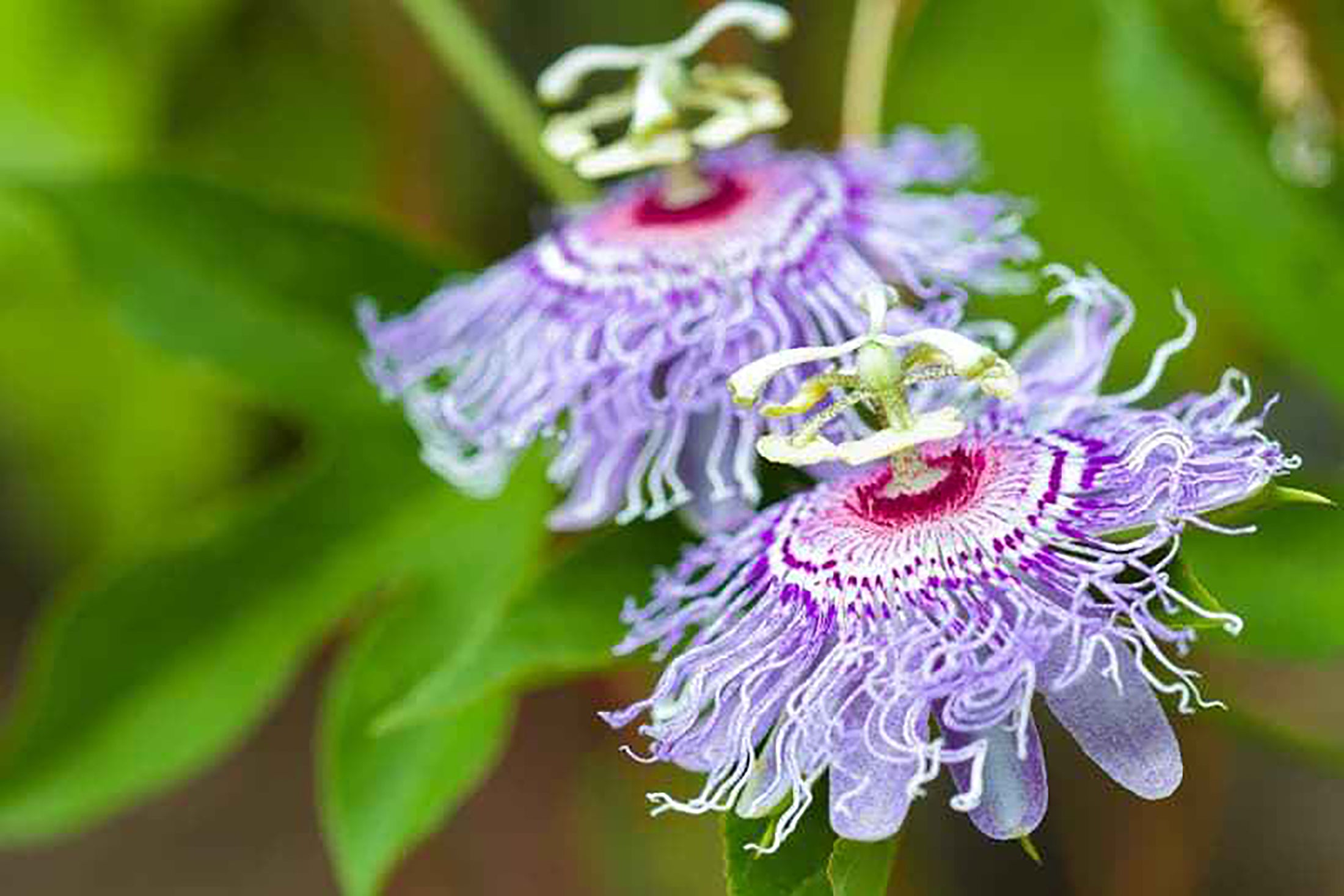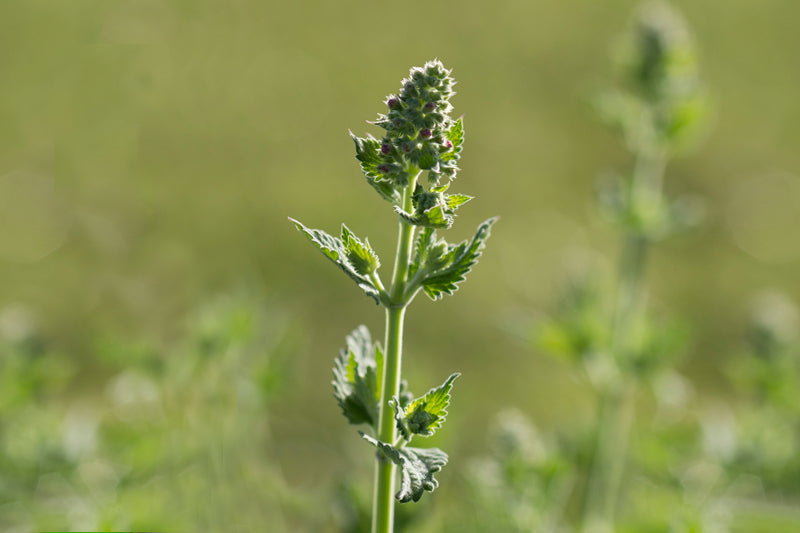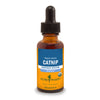Catnip is native to the eastern Mediterranean, as well as southern and central Asia.6 It has been introduced to almost all the lower 48 states, Alaska and southern Canada.2 It’s considered an invasive weed in Nebraska.2
This herb prefers full sun and dry to moist, well-drained soil.3 It easily flourishes in sandy or loamy soils with any pH, and it can withstand alkaline, chalky or gravel-laden soils.3,8 The plant prefers field borders, waste areas, hedgerows and dry banks.8 Catnip requires less water than other Mints, making it drought-tolerant and appropriate for rock gardens.8
For best results, sow the fresh seeds in a cold frame in the fall.3 Springtime germination can be unreliable; however, the seeds are viable for approximately five years.3 Due to its rapid growth, seedlings may flower in the first year.3 When harvesting the flowering herb, cut the plants back hard for a second harvest.3 Plants can be divided in spring.8
This herb has a long flowering season of July to November, while the seeds mature in September or October.3 The full-flowering stems can be used fresh or dried.3 Wildlife is attracted to this plant, and bees pollinate it.3 Multiple varieties of the plant have been developed, each with different growth forms, essential oil compositions and flower colors.6
Being a member of the Lamiaceae, or Mint, family, Catnip is characteristically aromatic, similar to Mint and Pennyroyal.8 The dried leaves are used in potpourri, due to the herb’s scent-retaining qualiities.3
Catnip tastes minty, and its tender young leaves can be used raw in salads.3 In France, the leaves and young shoots were popular as seasoning, while the older leaves added flavor to cooked foods.3,8
Catnip usage dates back in folk herbalism as a kitchen remedy.3 Herbal teas made with the fresh or dried leaves should be steeped (not boiled) with a lid to retain the essential oils.3 Before the trade of tea from China, Catnip tea was commonplace in England.8 Traditionally, the infused tea has been used as a topical compress or fomentation.3
Many Native American tribes use Nepeta cataria in herbalism for children and adults.4 The Ojibwa use it in beverages and the Okanagan-Colville tribe uses it as a skunk forage food.4
Nepetalactone is the best-known essential oil constituent of the herb.6 It and related phytochemicals are what attracts cats (especially males) to the plant — hence the common name of Catnip.6 Similar iridoid compounds are found in Valerian, which also intoxicates cats.6 The phytochemical nepetalactone reportedly has aphrodisiac qualities — and elicits pheromone activity involved in feline mating rituals.6 Transplanting Catnip will reportedly be destroyed by cats — but left alone if grown from seeds — because the plant is bruised or withered during the transplant process.8 An old rhyme says: “If you set it, the cats will eat it, If you sow it, the cats don’t know it.”8
The volatile oils repel insects like ants, flea beetles and fleas.3 Mice and rats will not go near it, even when they’re hungry, either because it repels them or because it attracts cats.3,8 Catnip is an excellent addition to a garden, as it is deer-resistant and rabbits are usually not interested any Nepeta species.3 And as a companion plant, it deters aphids, cabbage pests, cucumber beetles and squash bugs.3
The 17th-century English herbalist, botanist, physician and astrologer Nicholas Culpeper associated Catnip with the planet Venus.7


